Premium Only Content
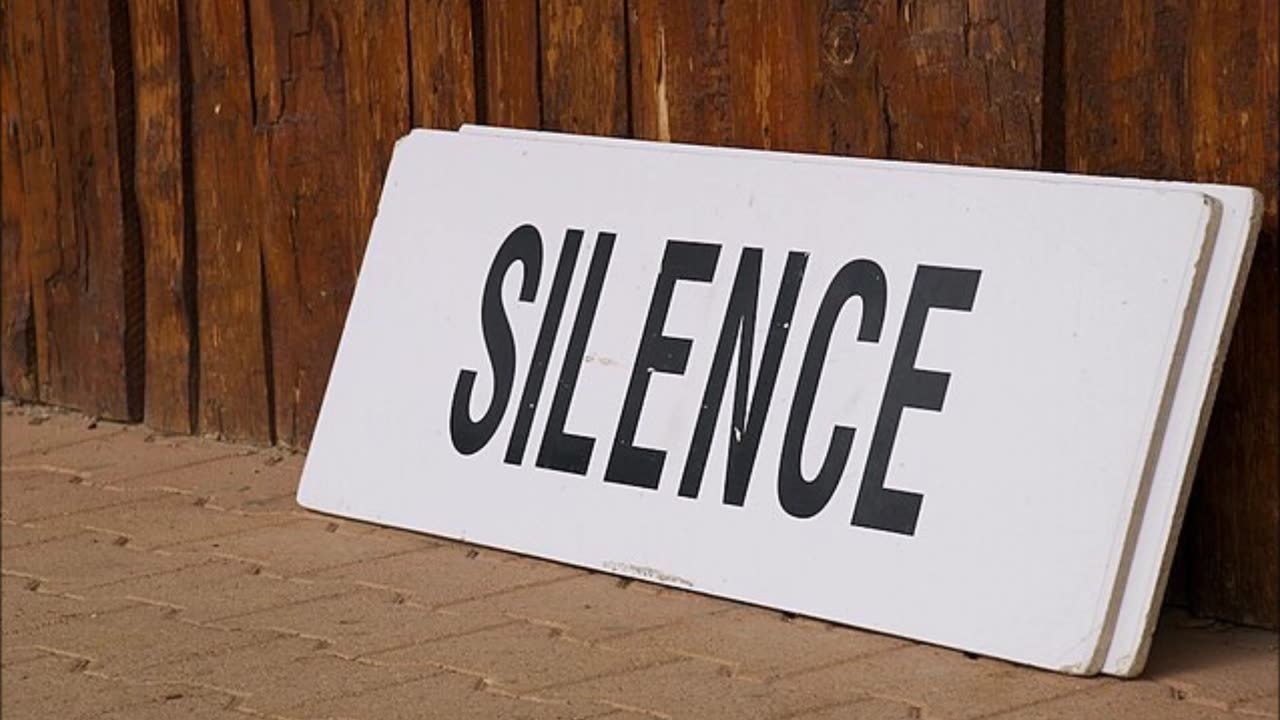
The Censorship Song. Censorship suffocates all dissension, all debates.
The Censorship Song
by The Author
Copyright 2024. All Rights Reserved.
All video public domain: Pexels.com and wikicommons.com
My Spotify page:
https://open.spotify.com/artist/3nUqY...
The Censorship Song
You know, censorship suffocates
All dissension, all debates
It's like a creeping fog
Or, better yet, a chocking smog
Governments and corporations too
Can determine what they think is true
And what they don't like, they will deem
Misinformation and conspiracy scheme
They'll say opinions aren't science based
Or maybe jokes are in bad taste
They can block their opponents speech
To put those ideas out of reach
And on and on and on it goes
Where it stops nobody knows
Until one day they post a sign
That reads "Saying prayers is out of line"
Now you may say I've gone insane
And my warning here is quite a strain
And they may censor my view too
But next they'll surely will censor you
Censorship is a complex issue that has shaped societies, cultures, and the flow of ideas throughout history. It involves suppressing or regulating speech, expression, or information considered objectionable, harmful, or sensitive. Its role in society is dual, as it can protect public welfare while also restricting freedoms, maintain order while potentially stifling progress, and promote harmony while sometimes oppressing dissent.
Governments and institutions often justify censorship to uphold societal values and prevent harm. Authoritarian regimes often censor dissenting voices to maintain power, shaping narratives that suppress alternative perspectives. Examples like book burnings in Nazi Germany and modern internet blackouts illustrate how censorship can erase cultural and intellectual diversity.
The digital age has intensified debates around censorship. The internet democratizes access to information but also introduces challenges such as misinformation, extremism, and cyberbullying. Governments and corporations moderate content to ensure safety and legal compliance, yet these actions often blur the line between responsible moderation and censorship. While combating harmful content is necessary, excessive or arbitrary moderation risks suppressing legitimate speech and stifling public debate. The lack of transparency and accountability in content regulation further complicates the issue.
Censorship is inherently subjective, shaped by cultural, religious, and ideological differences. What is offensive to one group may be necessary for another’s progress. Artistic works that challenge norms often face censorship, especially in conservative societies, yet these works can foster critical thought and social change. This subjectivity highlights the difficulty of creating universally acceptable standards for regulating expression.
Free speech is a cornerstone of democratic societies, often cited as a counterweight to censorship. Efforts to combat false narratives, such as fact-checking and content removal, aim to protect public trust but risk suppressing dissenting views. The challenge lies in distinguishing harmful falsehoods from legitimate differences of opinion, especially in the vast and fast-paced digital landscape.
Censorship also intersects with power and privilege, often disproportionately affecting marginalized communities. These groups face challenges in expressing their experiences and advocating for justice while also seeking protections against hate speech and harmful stereotypes. The interplay between censorship and social justice underscores the need for equitable and inclusive approaches to regulating expression.
Education and media literacy are crucial in addressing censorship’s complexities. By teaching critical thinking and media analysis, societies can empower individuals to discern credible information and engage constructively, reducing reliance on censorship. Open dialogue about censorship itself can help strike a balance between protecting public interests and preserving freedoms.
The ethics of censorship depend on its intentions and implementation. Transparency, accountability, and checks on authority are vital to preventing abuse. In democratic systems, oversight and judicial review safeguard against oppressive censorship. In the digital realm, tech companies must collaborate with diverse stakeholders to ensure fair and inclusive policies.
Censorship reflects broader societal struggles over power, identity, and values. It is neither wholly good nor bad but a tool that can protect or harm, depending on its use. By fostering dialogue and understanding, societies can navigate the delicate balance between censorship and freedom, ensuring it serves the collective good rather than silencing dissent or entrenching inequality.
-
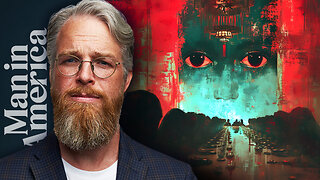 1:02:40
1:02:40
Man in America
15 hours agoThe Elites Are Losing Their War on Our Children w/ Robert Bortins
42.1K19 -
 3:30:43
3:30:43
I_Came_With_Fire_Podcast
18 hours agoGovt' Shutdowns, VA Scandals, MORE Drones, Syrian Strikes and staged rescues , and The DHS!
128K25 -
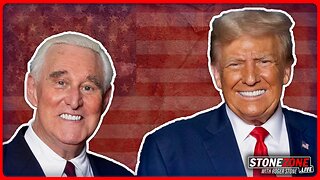 56:55
56:55
The StoneZONE with Roger Stone
13 hours agoTrump Should Sue Billionaire Governor JB Pritzker for Calling Him a Rapist | The StoneZONE
96K11 -
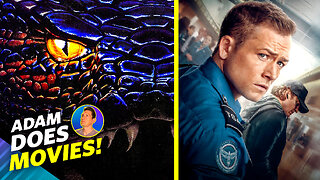 59:21
59:21
Adam Does Movies
13 hours ago $2.89 earnedMore Reboots + A Good Netflix Movie + Disney Live-Action Rant - LIVE
60.7K4 -
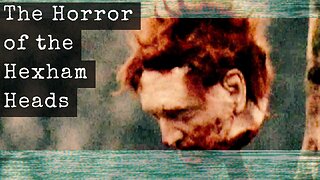 36:28
36:28
TheTapeLibrary
22 hours ago $12.55 earnedThe Disturbing True Horror of the Hexham Heads
84.1K10 -
 6:08:00
6:08:00
JdaDelete
1 day ago $7.87 earnedHalo MCC with the Rumble Spartans 💥
61.8K8 -
 3:52:22
3:52:22
Edge of Wonder
16 hours agoChristmas Mandela Effects, UFO Drone Updates & Holiday Government Shake-Ups
52.9K20 -
 1:37:36
1:37:36
Mally_Mouse
15 hours agoLet's Play!! -- Friends Friday!
53.9K1 -
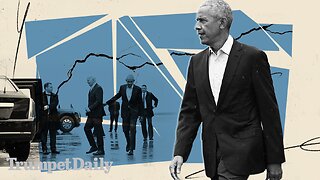 57:45
57:45
LFA TV
1 day agoObama’s Fake World Comes Crashing Down | Trumpet Daily 12.20.24 7PM EST
50.4K42 -
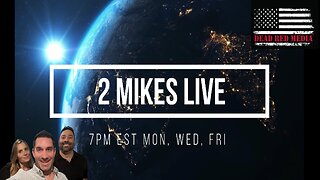 1:27:17
1:27:17
2 MIKES LIVE
14 hours ago2 MIKES LIVE #158 Government Shutdown Looms and Games!
41.2K11